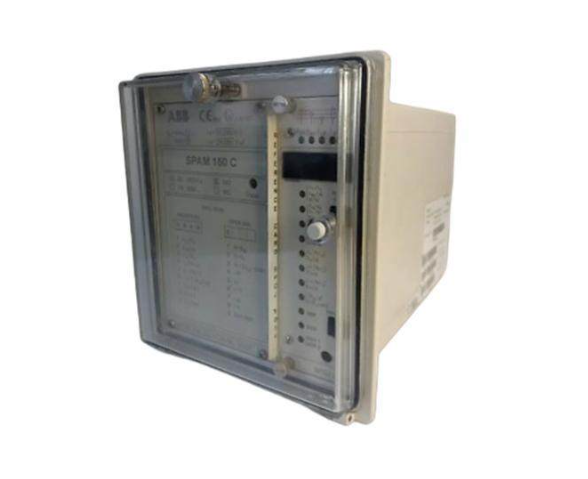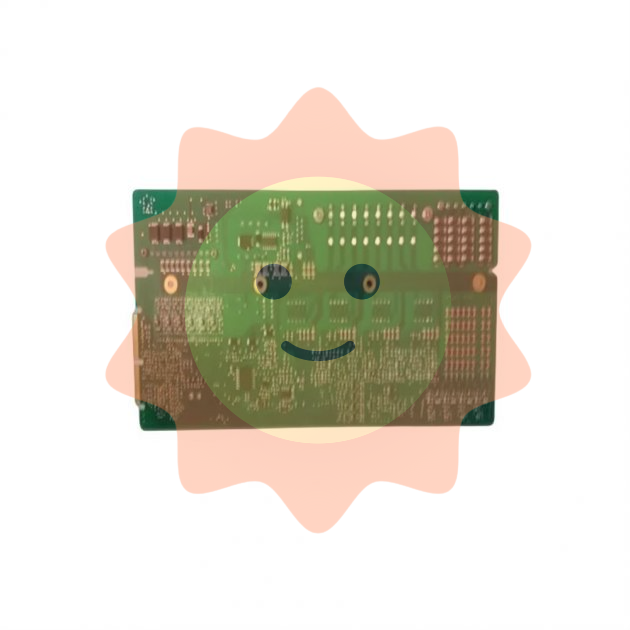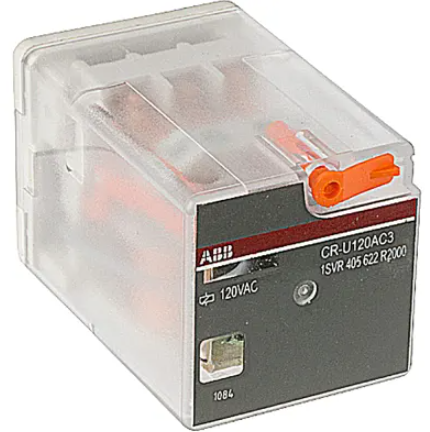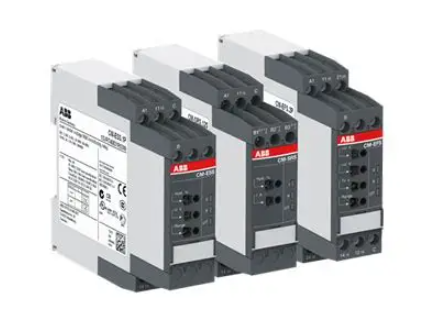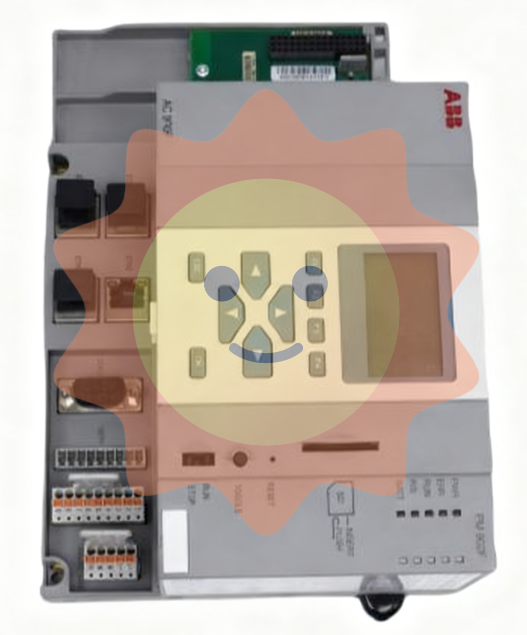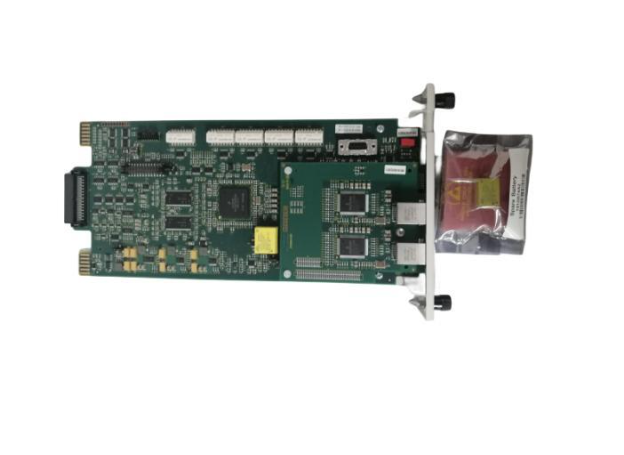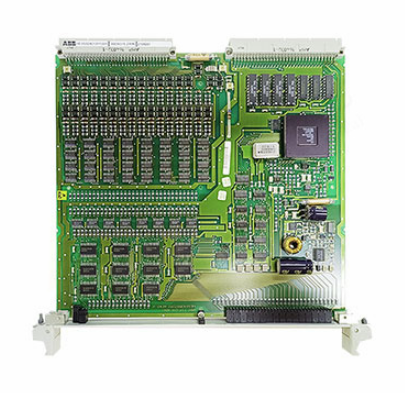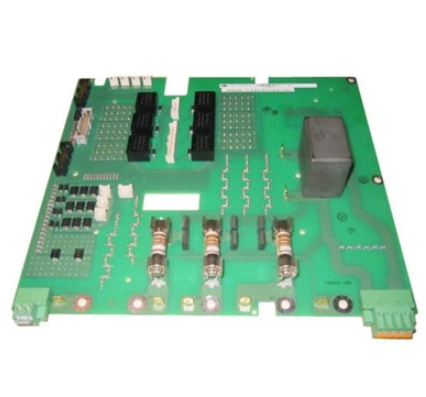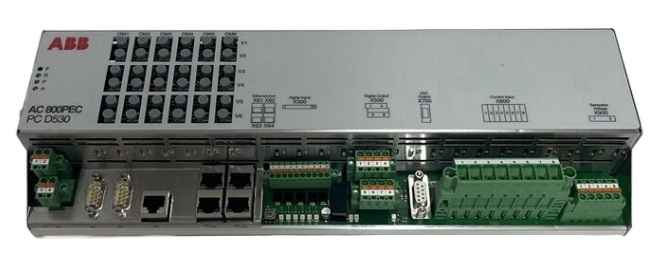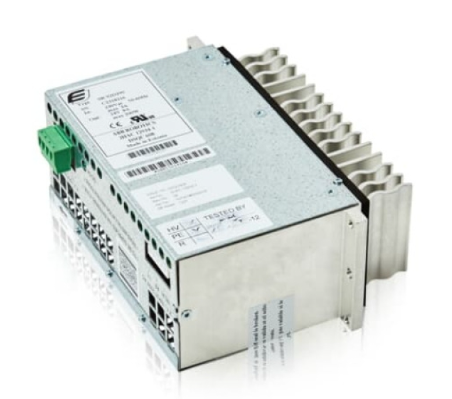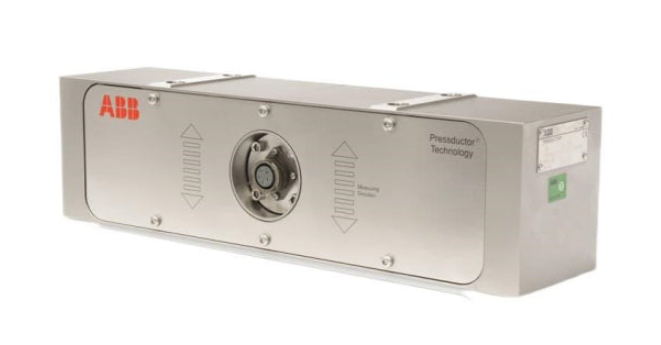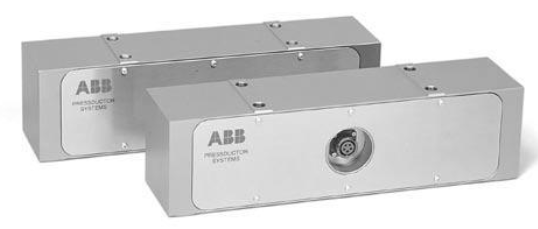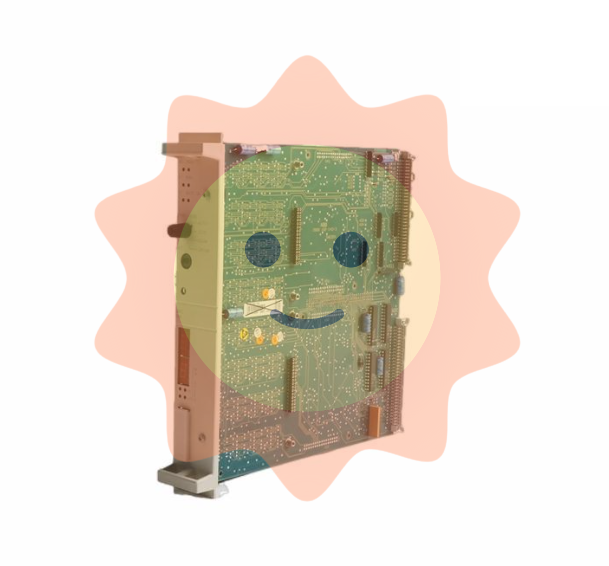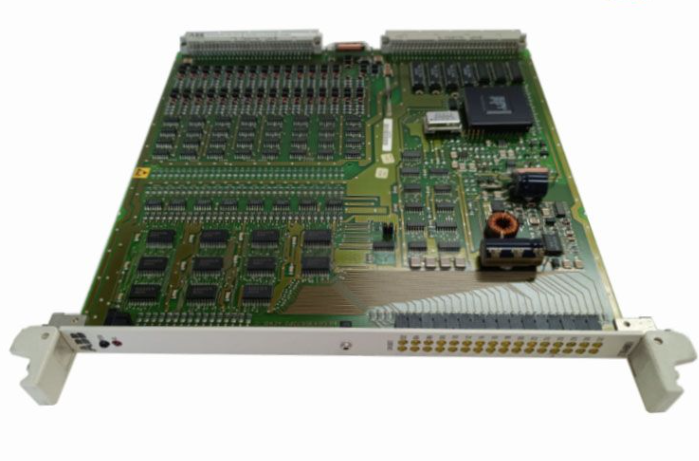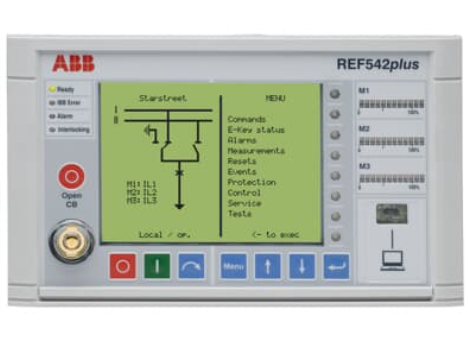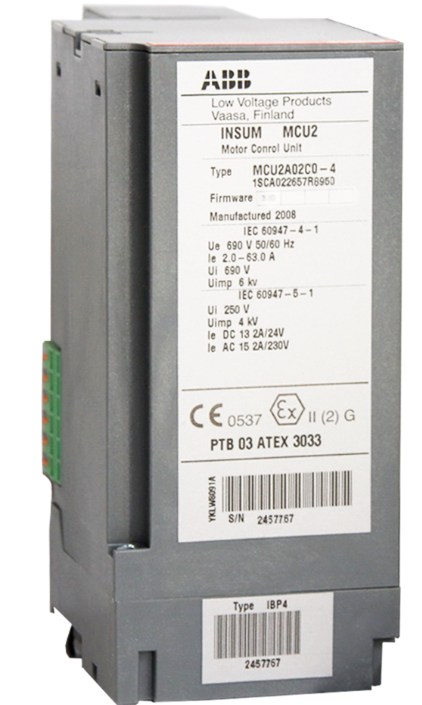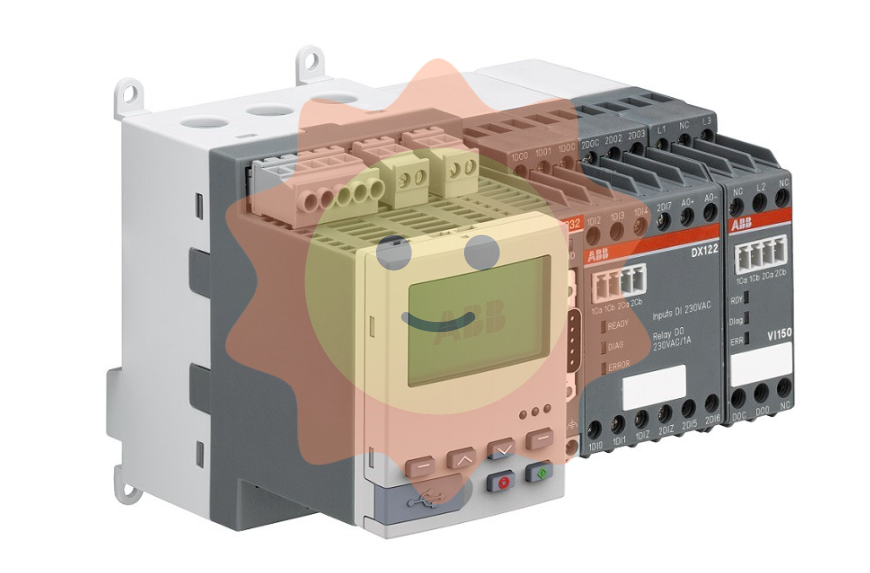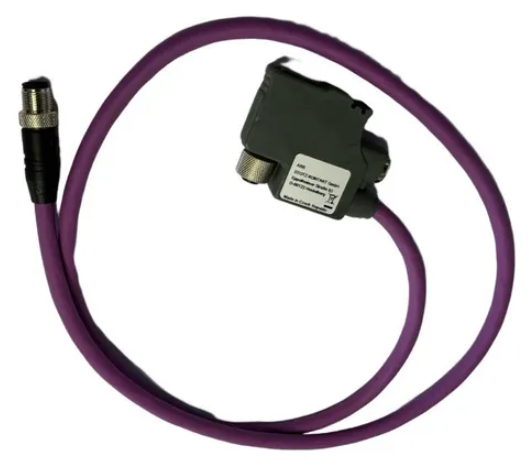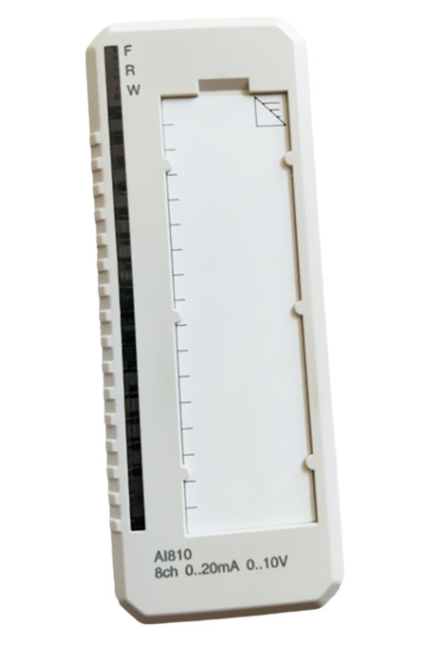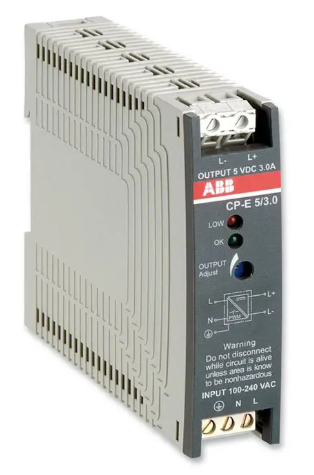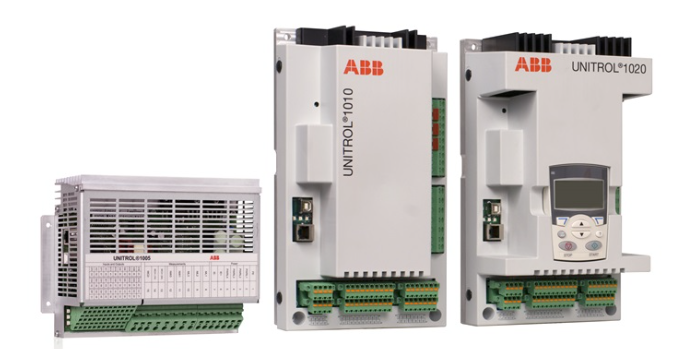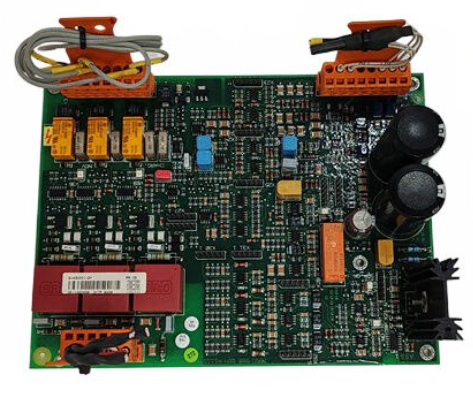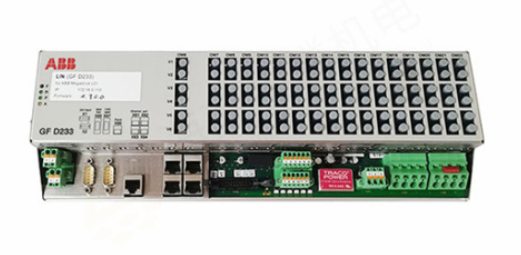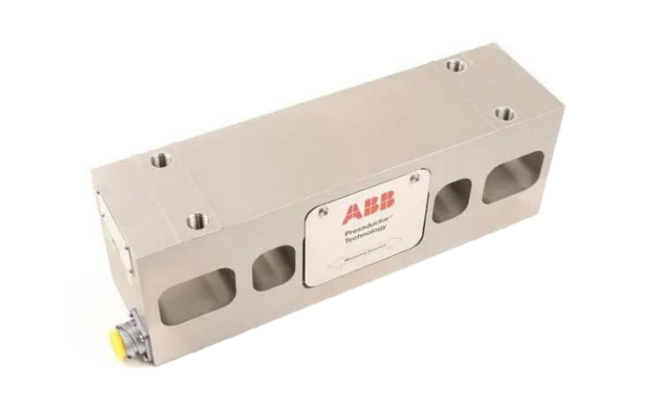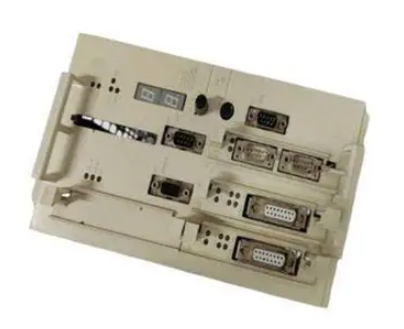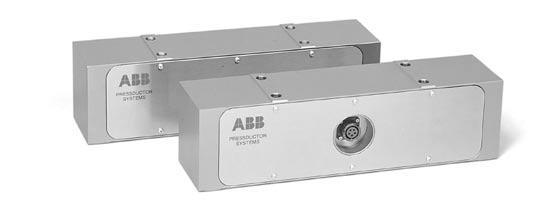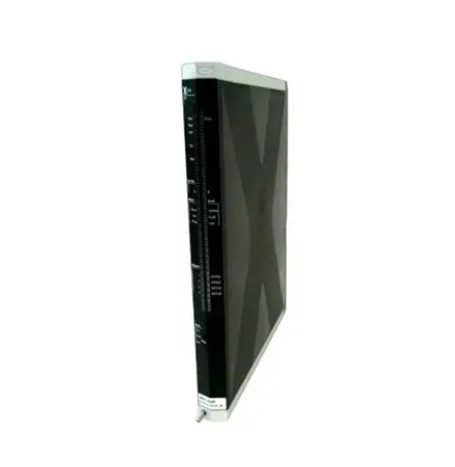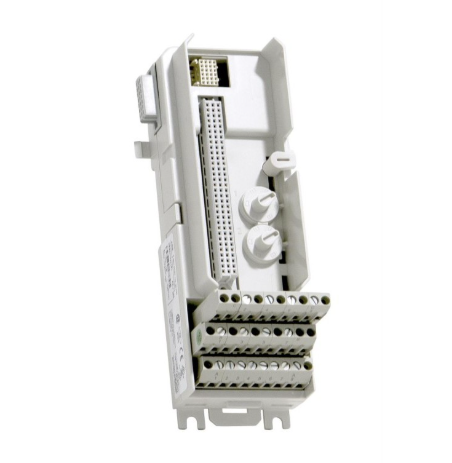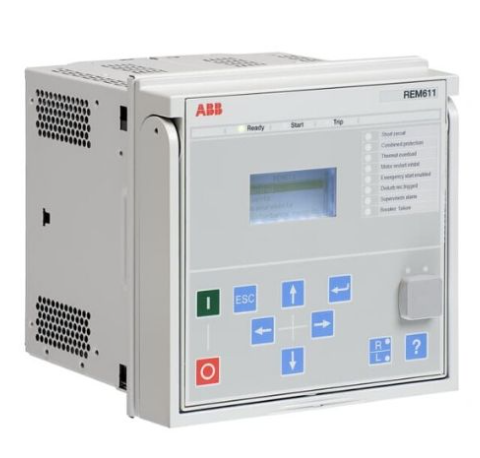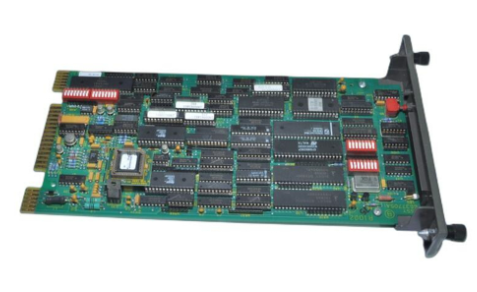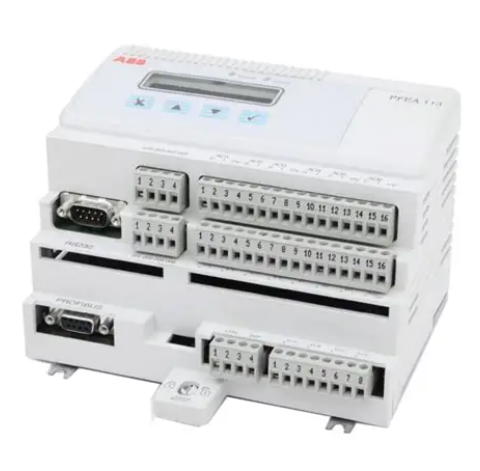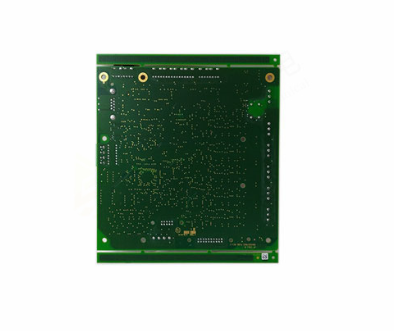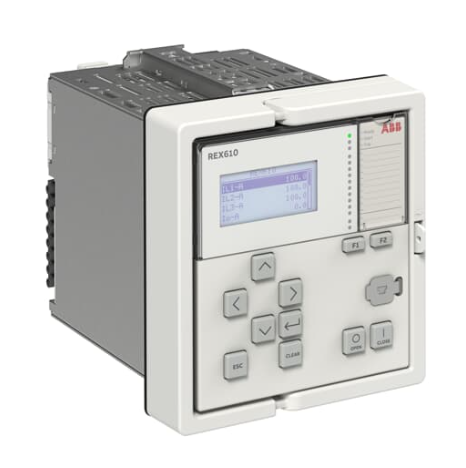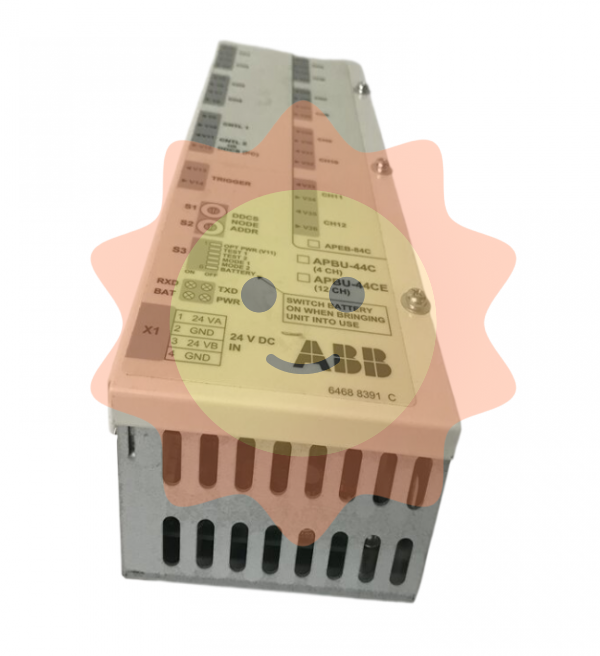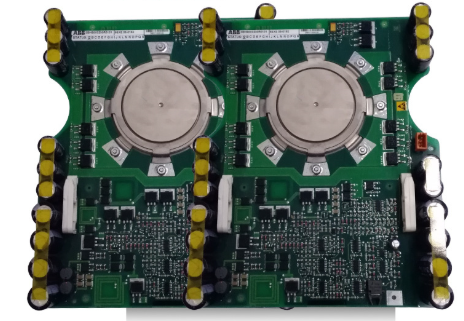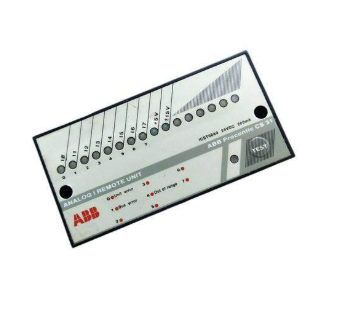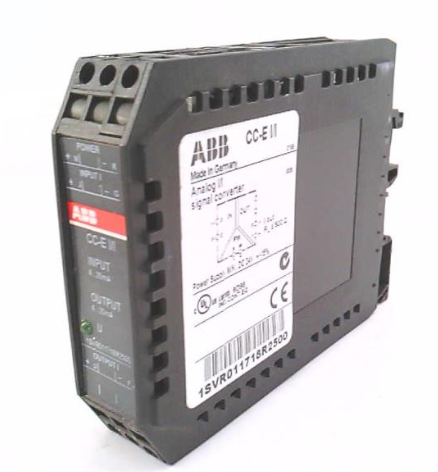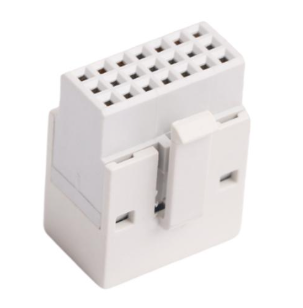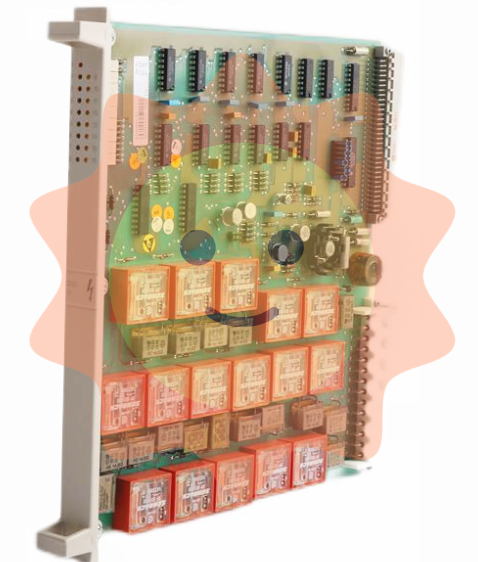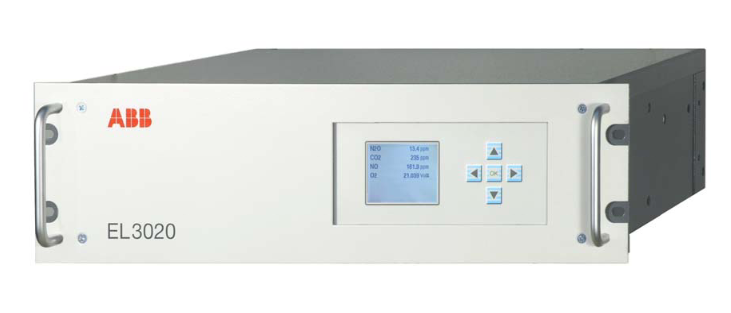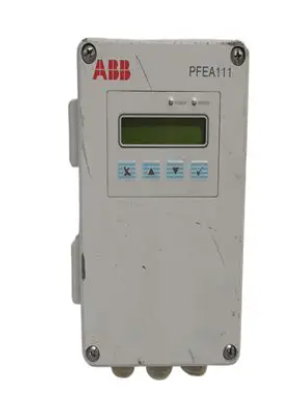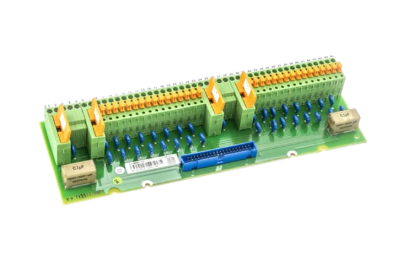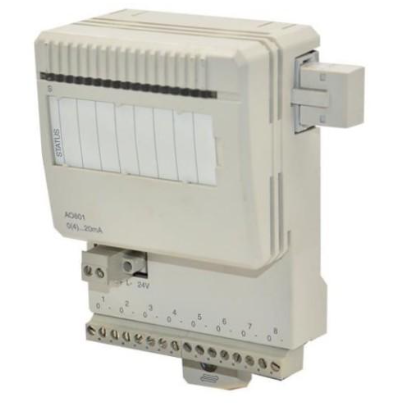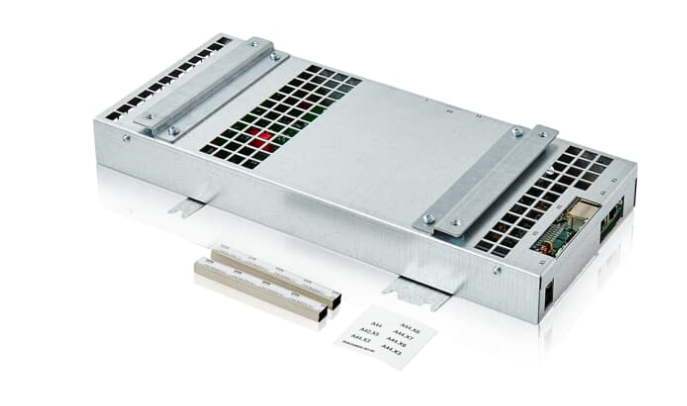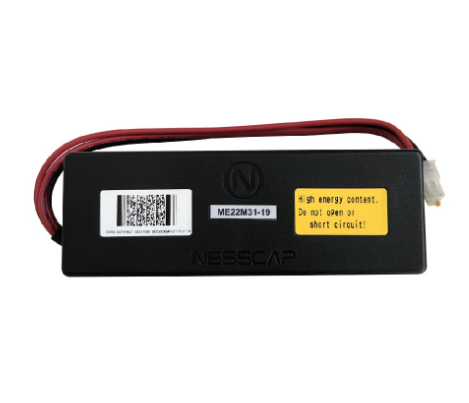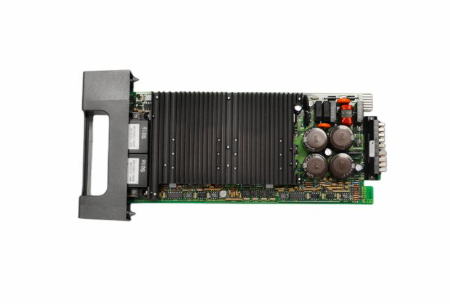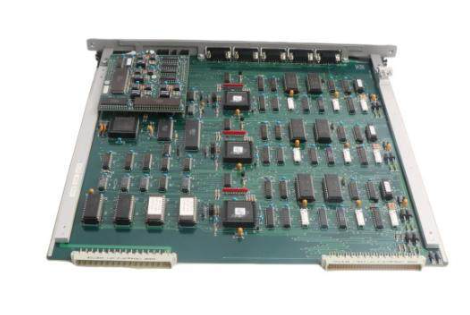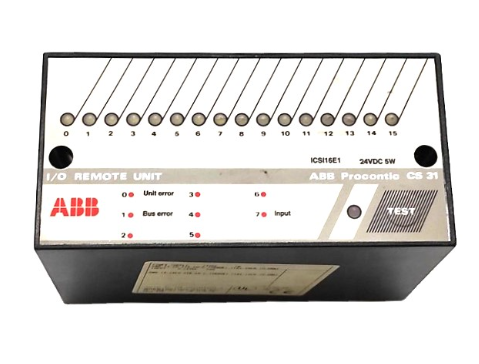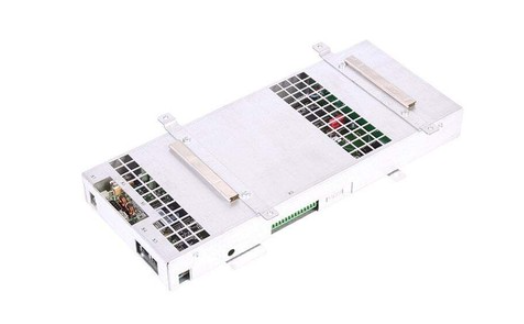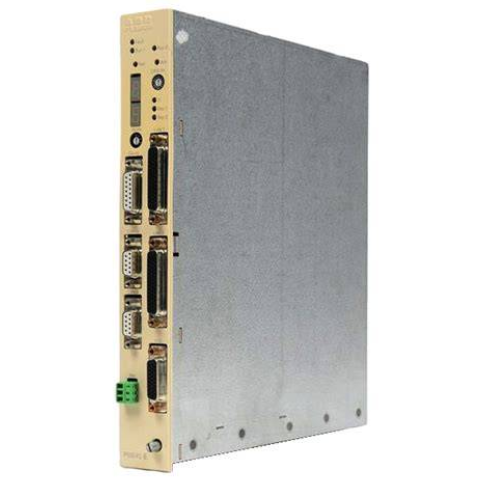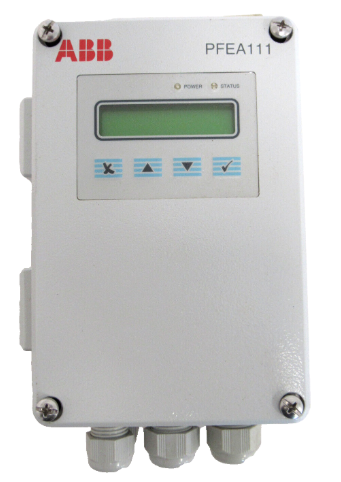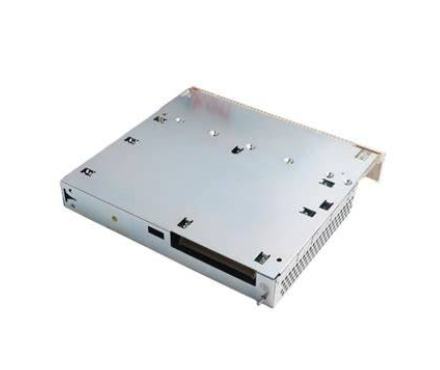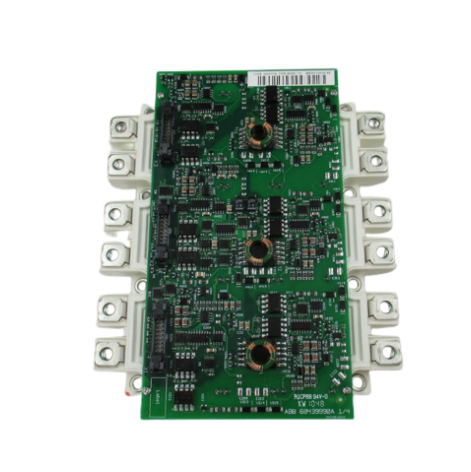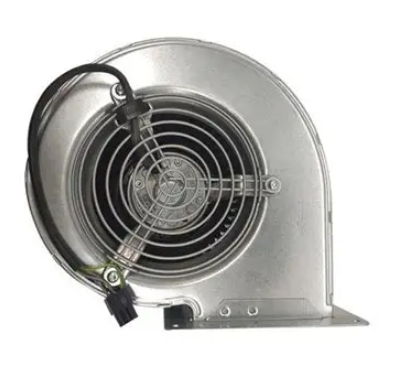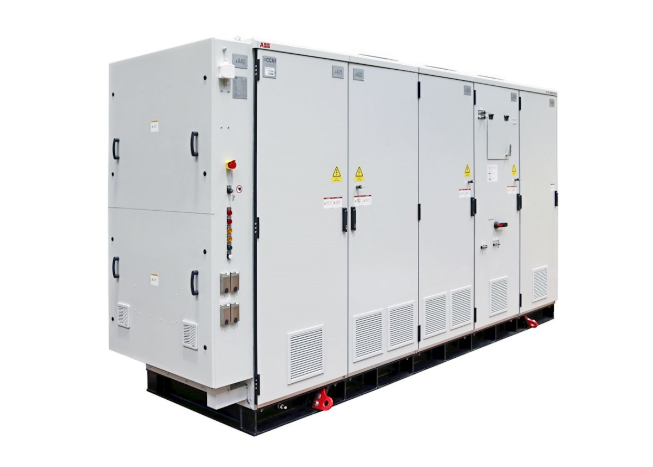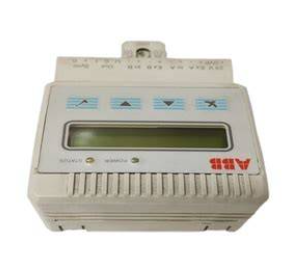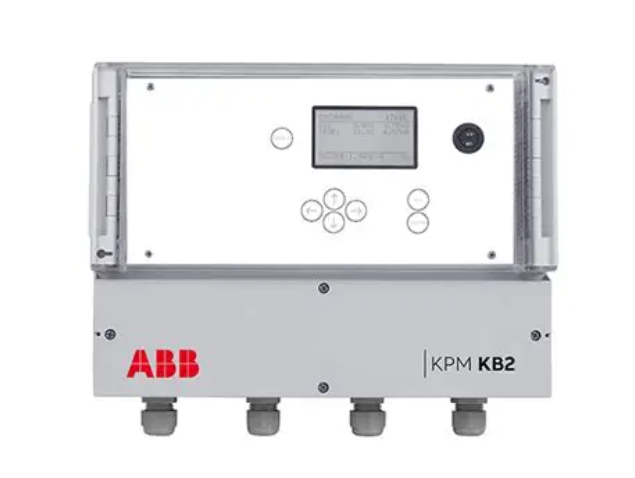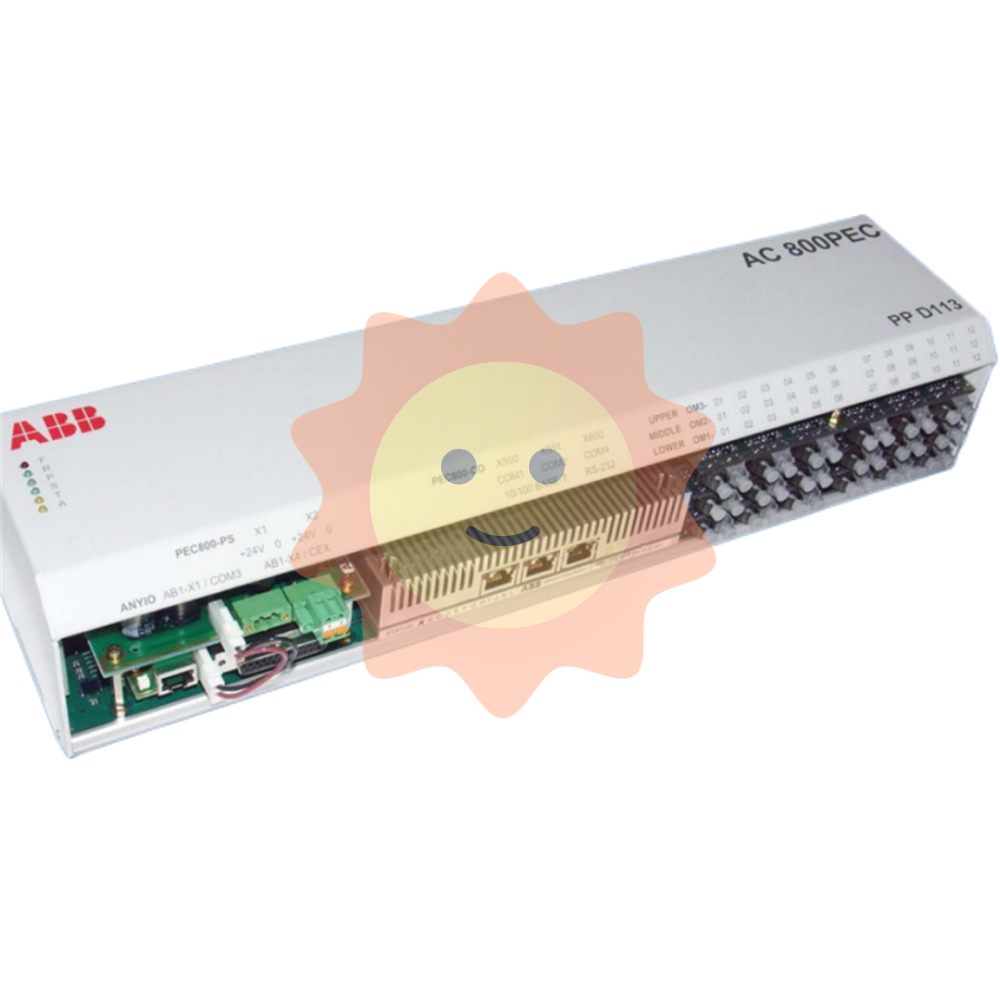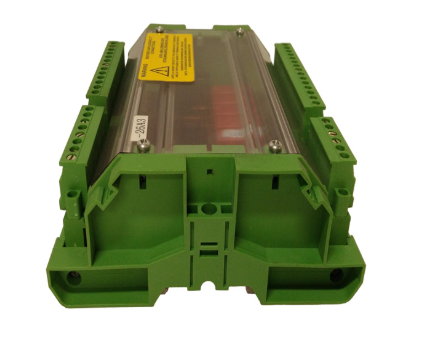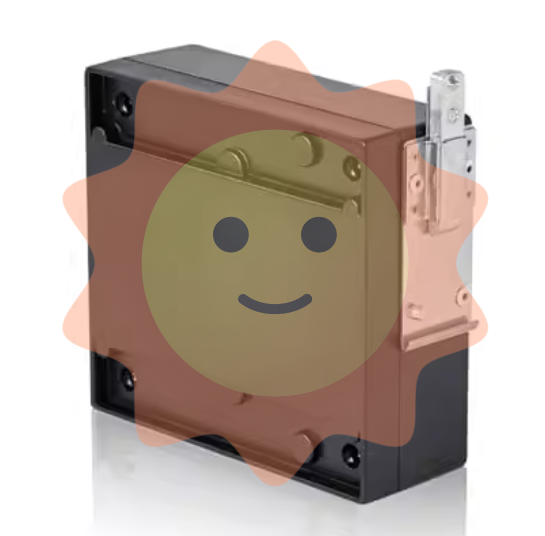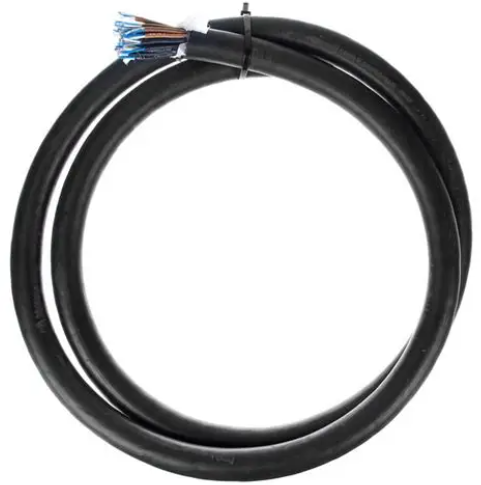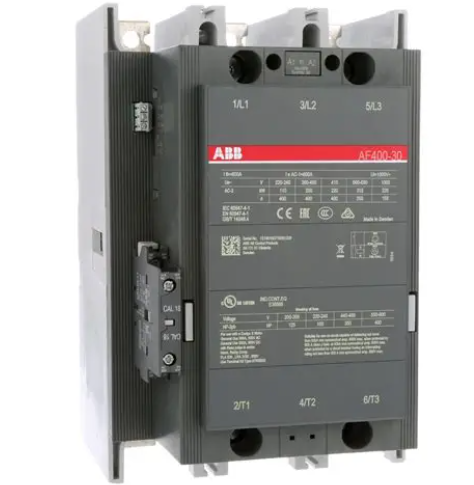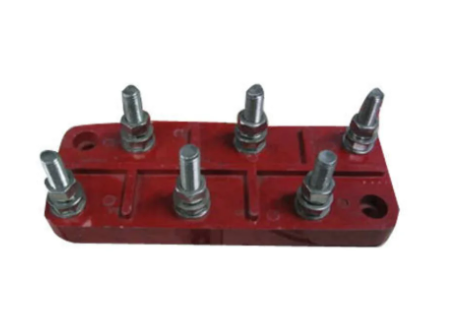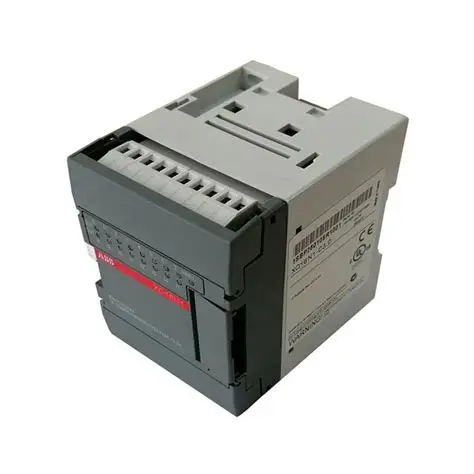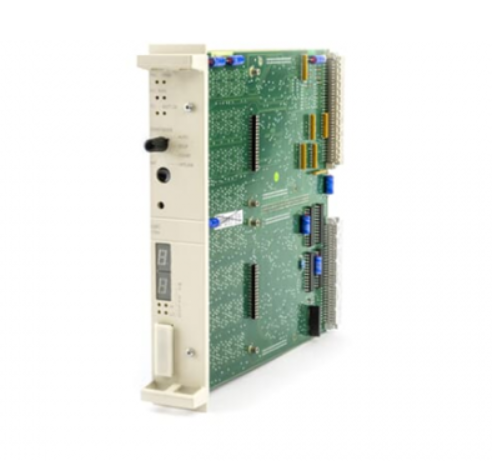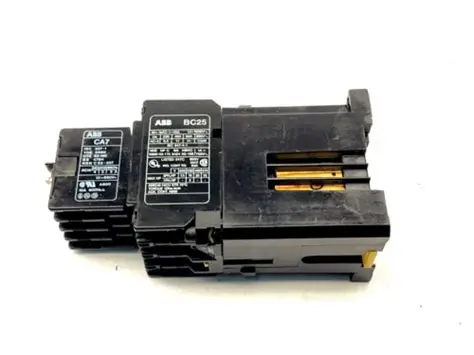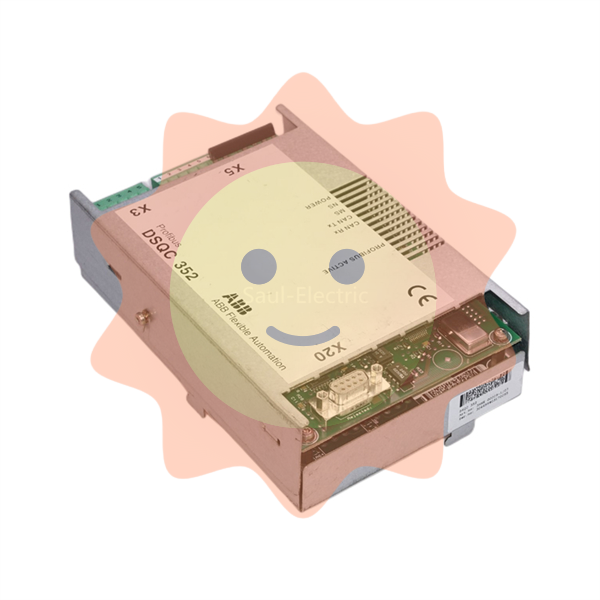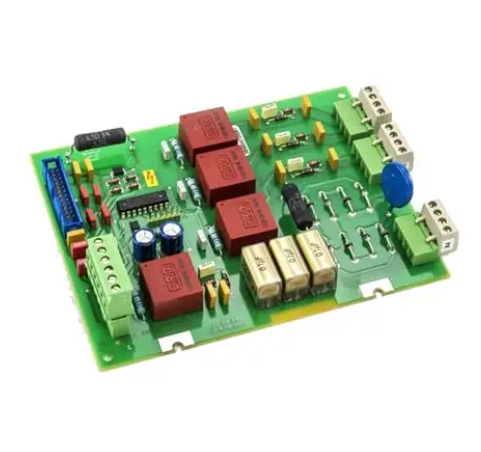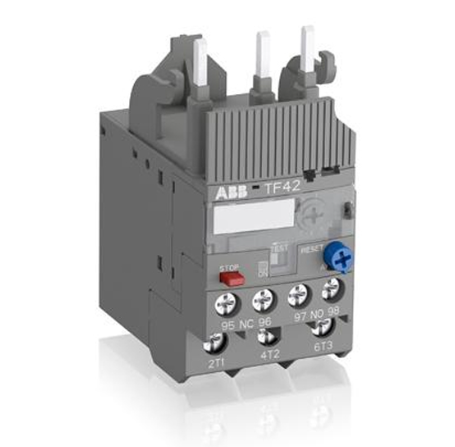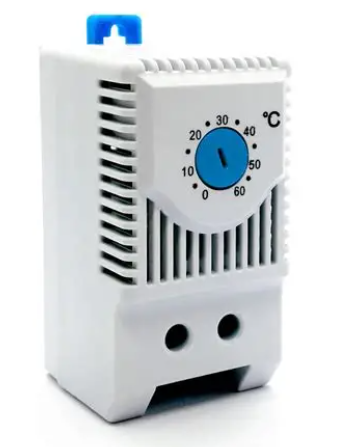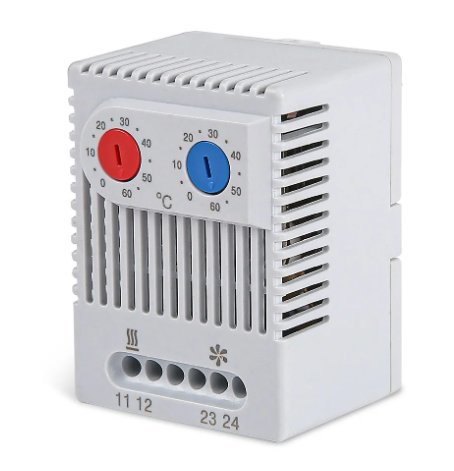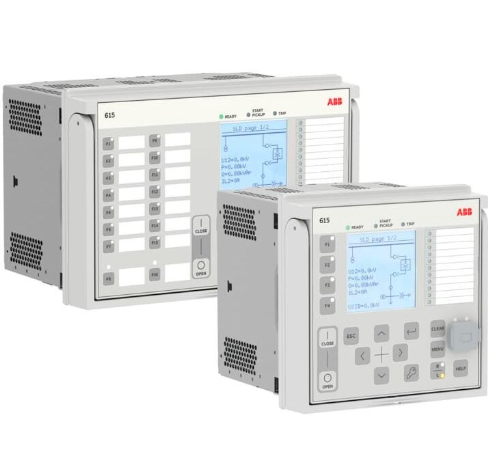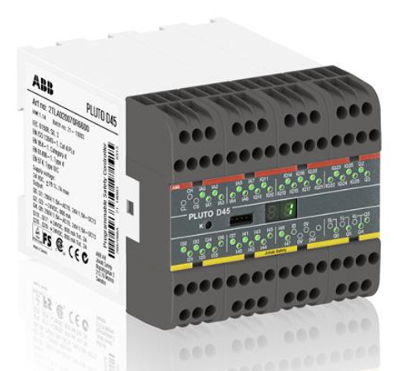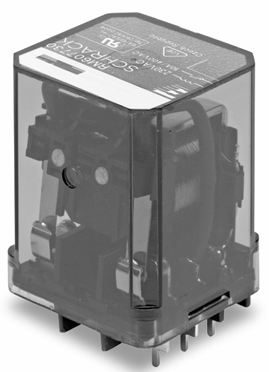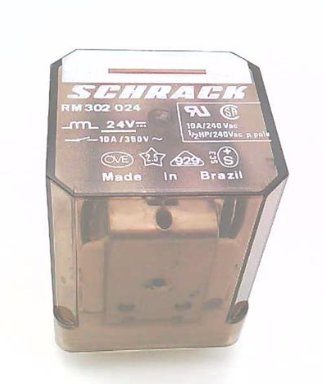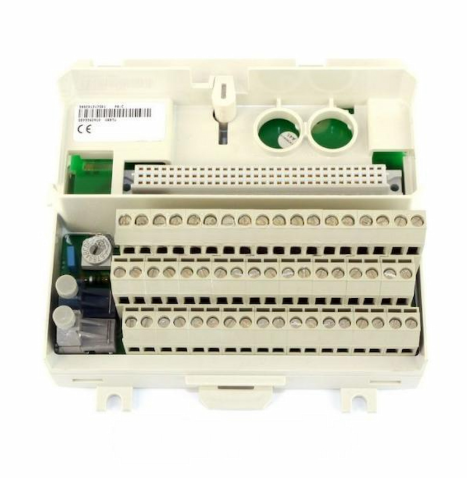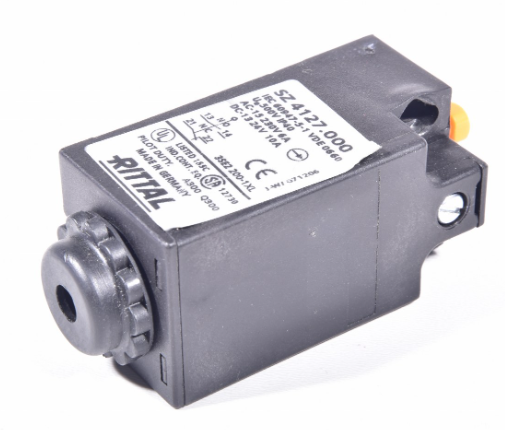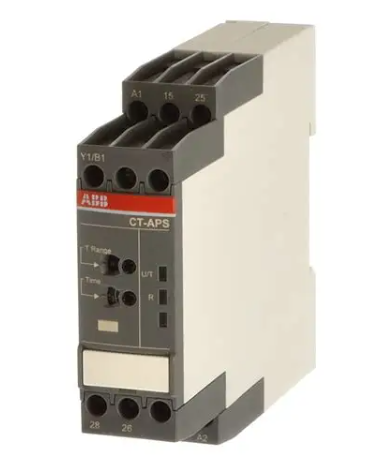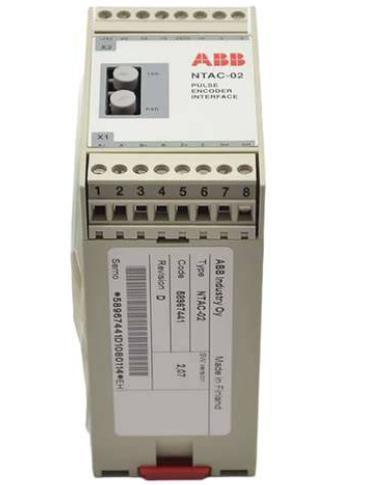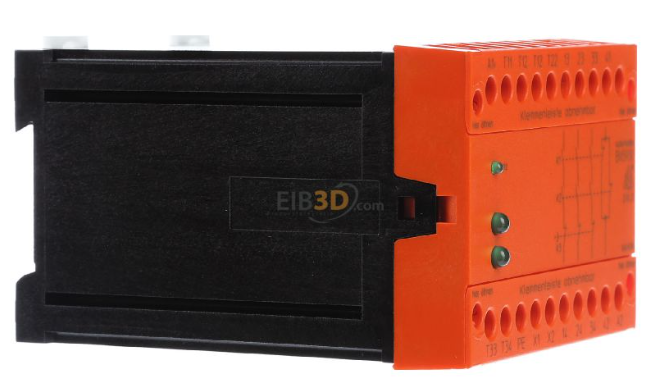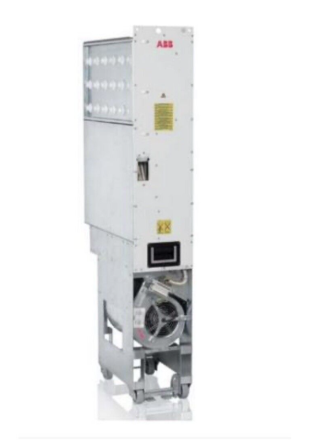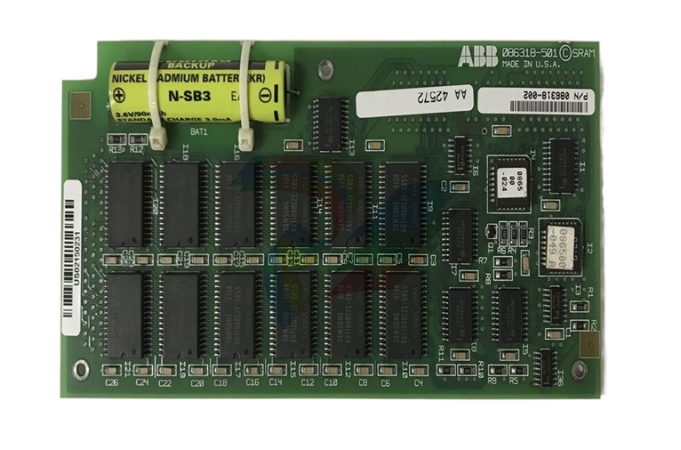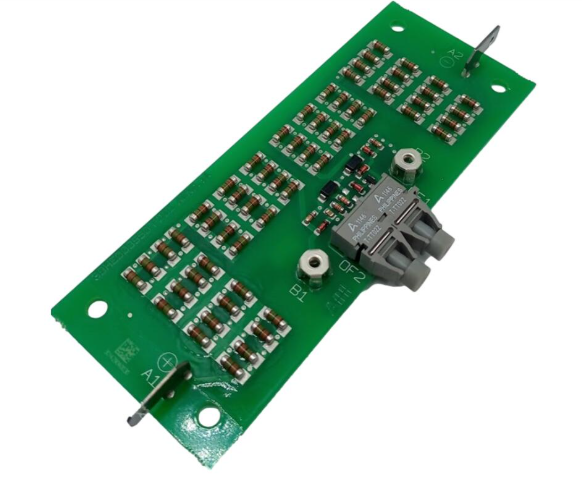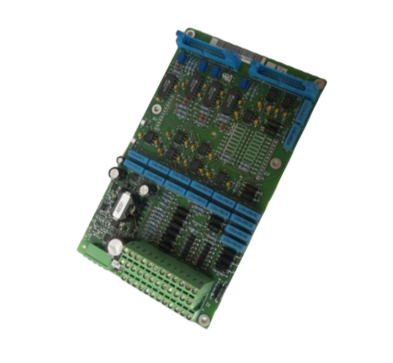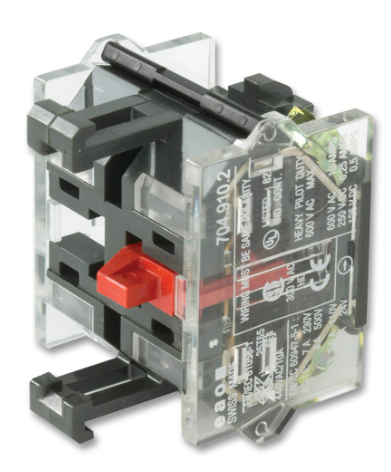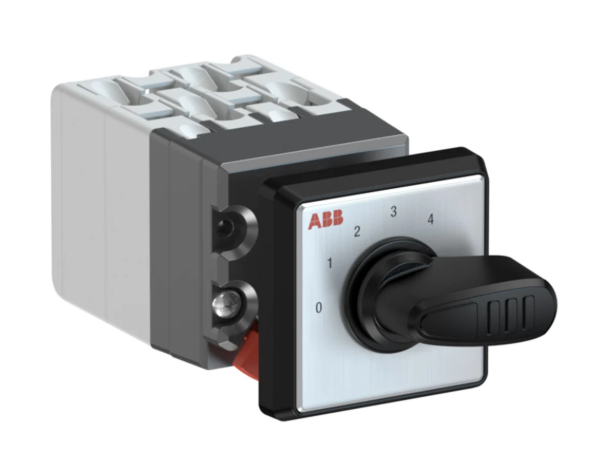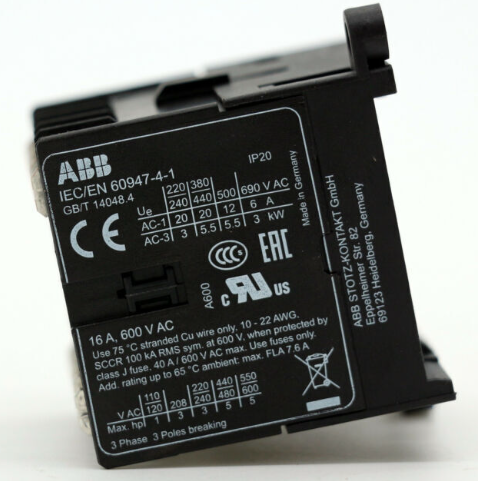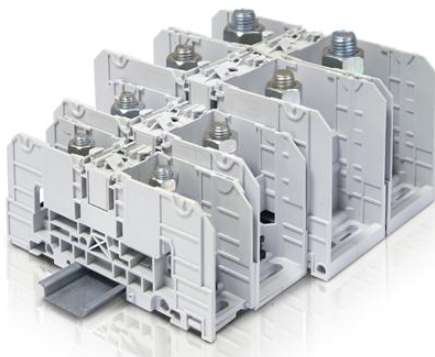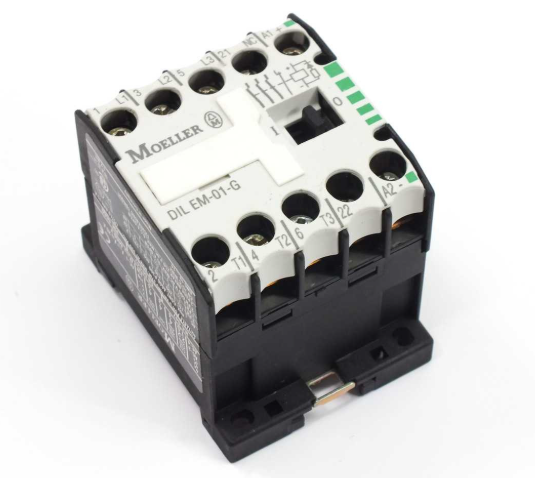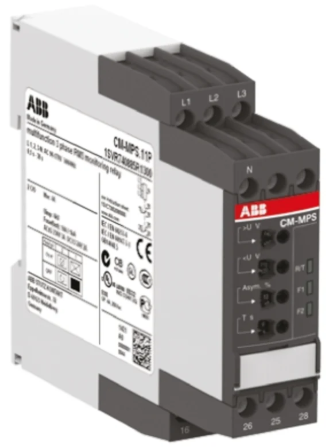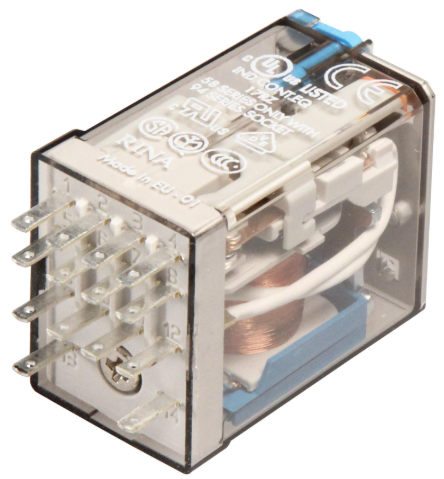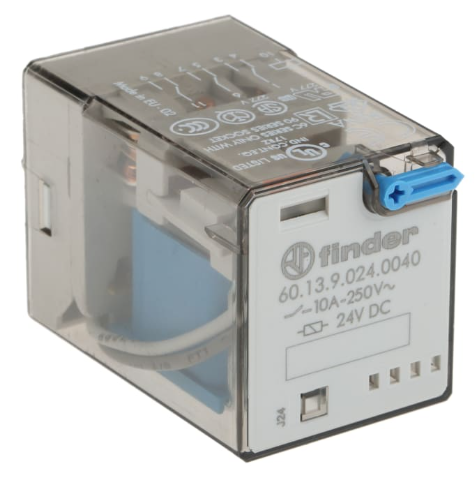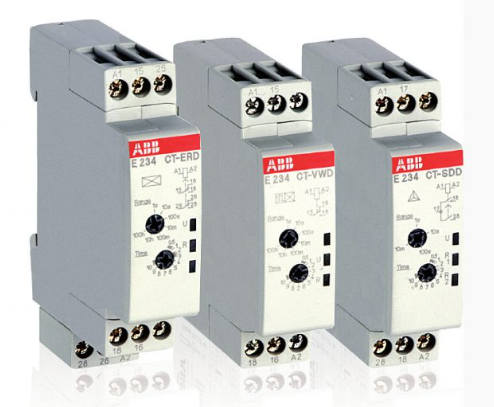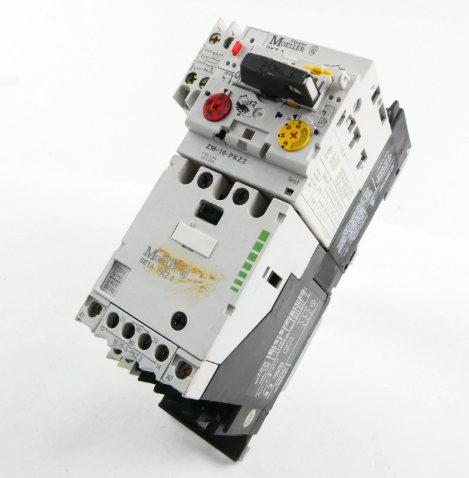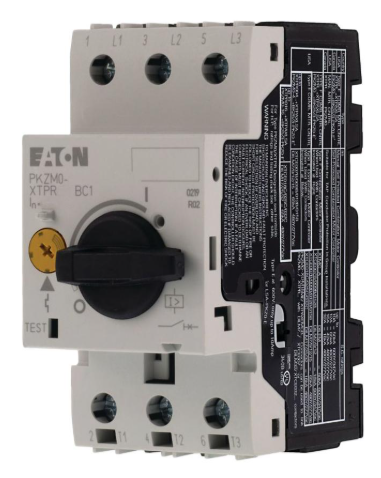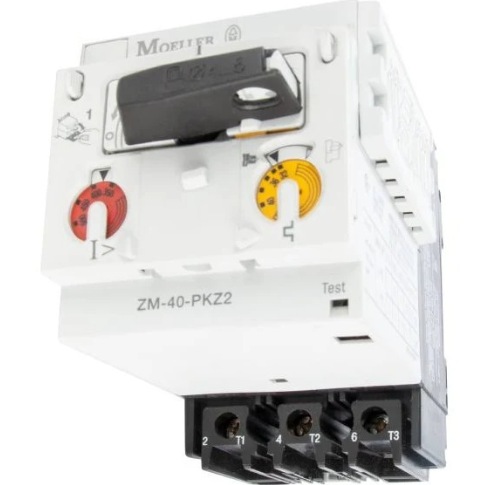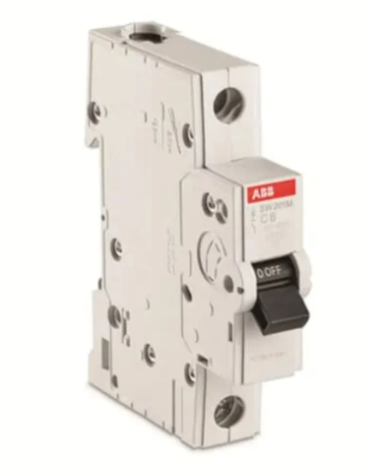Types and sources of aquaculture wastewater
1 Aquaculture wastewater refers to the sewage generated in the breeding process, the main sources include livestock and poultry manure, feed residue, farm cleaning wastewater, etc. According to different farming methods and animal species, aquaculture wastewater can be divided into pig farm wastewater, bird aquaculture wastewater, aquaculture wastewater and so on. Among them, pig farm wastewater is one of the main sources of aquaculture wastewater, because the growth rate of pigs is fast, the feed conversion rate is high, and the amount of wastewater generated is also large.
2, aquaculture wastewater water quality characteristics Aquaculture wastewater has high concentration, high nitrogen, high phosphorus, high COD and other characteristics, of which ammonia nitrogen content is high, easy to lead to water eutrophication, resulting in water eutrophication, algal reproduction and other problems. At the same time, aquaculture wastewater contains a large number of organic matter and microorganisms, which are easy to decompose and ferment, resulting in harmful substances such as odor and bacteria.
3, aquaculture wastewater treatment difficulties Because aquaculture wastewater has high concentration, high nitrogen, high phosphorus, high COD and other characteristics, so the treatment of aquaculture wastewater is more difficult. The traditional physical and chemical treatment methods can not completely remove ammonia nitrogen and phosphorus, and secondary pollution may be generated during the treatment process. Therefore, how to effectively reduce the concentration of COD, ammonia nitrogen, phosphorus and other pollutants in aquaculture wastewater, and ensure the safety and stability of the treatment process, is a key problem to be solved in aquaculture wastewater treatment.
4. Anaerobic treatment equipment Anaerobic treatment equipment is mainly composed of vertical flow reactor, internal and external epoxy rubber membrane and so on. The device decomposes organic matter into water and carbon dioxide through microbial metabolism, thus achieving the purpose of degrading pollutants. The vertical flow reactor is the main equipment of anaerobic treatment, and its structure is generally cylindrical or square, and the inside is filled with fillers to facilitate the attachment and growth of bacteria. Anaerobic treatment equipment is mainly suitable for the treatment of high concentration organic matter, such as aquaculture wastewater, kitchen waste and so on. 2. Biological contact oxidation tank Biological contact oxidation tank is a commonly used biological treatment equipment, mainly composed of water inlet pipe, oxidation tank, drainage pipe and other parts. The waste water enters the oxidation tank through the water inlet pipe, and the oxidation tank is filled with fillers and microorganisms. The waste water oxidizes with microorganisms on the surface of the filler to decompose organic matter and achieve the purpose of purifying the water body. The advantage of the biological contact oxidation tank is that the treatment effect is good, and the high concentration organic wastewater can be treated stably, and there will be no secondary pollution in the treatment process. 3. Constructed wetland Constructed wetland is a new type of aquaculture wastewater treatment equipment, its structure is artificial simulation wetland ecosystem, mainly composed of matrix layer, permeable layer, plant layer and so on. Aquaculture wastewater is filtered through the matrix layer, absorbed by the osmotic layer and absorbed by the plant layer in the constructed wetland, and finally achieves the purpose of purifying water. The advantages of constructed wetland are good treatment effect, low operation cost, stable treatment process and suitable for different kinds of aquaculture wastewater.
5. Real case of aquaculture wastewater treatment In Shandong Province, the wastewater treatment of a pig farm is a combination of constructed wetlands and anaerobic treatment equipment. The farm uses circulating aquaculture and produces about 500 tons of wastewater per day. First of all, the waste water through the grid to remove bulk substances and impurities, and then into the constructed wetland, through the matrix layer, osmotic layer, plant layer and other treatment, the organic matter and microorganisms in the waste water are fully decomposed and absorbed. Finally, the wastewater is further treated by anaerobic treatment equipment, which degrades the residual organic matter and ammonia nitrogen to the water quality requirements that meet the national emission standards, and then enters the natural environment. After the treatment of the farm, the treated wastewater meets the national discharge standards, and there is no secondary pollution during the treatment process, which not only reduces environmental pollution, but also meets the requirements of sustainable development. The combined method of constructed wetland and anaerobic treatment equipment can be applied to different kinds of aquaculture wastewater, and has good treatment effect and economy. It is a feasible technology for aquaculture wastewater treatment.
- EMERSON
- Honeywell
- CTI
- Rolls-Royce
- General Electric
- Woodward
- Yaskawa
- xYCOM
- Motorola
- Siemens
- Rockwell
- ABB
- B&R
- HIMA
- Construction site
- electricity
- Automobile market
- PLC
- DCS
- Motor drivers
- VSD
- Implications
- cement
- CO2
- CEM
- methane
- Artificial intelligence
- Titanic
- Solar energy
- Hydrogen fuel cell
- Hydrogen and fuel cells
- Hydrogen and oxygen fuel cells
- tyre
- Chemical fiber
- dynamo
- corpuscle
- Pulp and paper
- printing
- fossil
- FANUC
- Food and beverage
- Life science
- Sewage treatment
- Personal care
- electricity
- boats
- infrastructure
- Automobile industry
- metallurgy
- Nuclear power generation
- Geothermal power generation
- Water and wastewater
- Infrastructure construction
- Mine hazard
- steel
- papermaking
- Natural gas industry
- Infrastructure construction
- Power and energy
- Rubber and plastic
- Renewable energy
- pharmacy
- mining
- Plastic industry
- Schneider
- Kongsberg
- NI
- Wind energy
- International petroleum
- International new energy network
- gas
- WATLOW
- ProSoft
- SEW
- wind
- ADVANCED
- Reliance
- YOKOGAWA
- TRICONEX
- FOXBORO
- METSO
- MAN
- Advantest
- ADVANCED
- ALSTOM
- Control Wave
- AB
- AMAT
- STUDER
- KONGSBERG
- MOTOROLA
- DANAHER MOTION
- Bently
- Galil
- EATON
- MOLEX
- Triconex
- DEIF
- B&W
- ZYGO
- Aerotech
- DANFOSS
- KOLLMORGEN
- Beijer
- Endress+Hauser
- MOOG
- KB
- Moxa
- Rexroth
- YAMAHA
- Johnson
- Westinghouse
- WAGO


Email:wang@kongjiangauto.com


